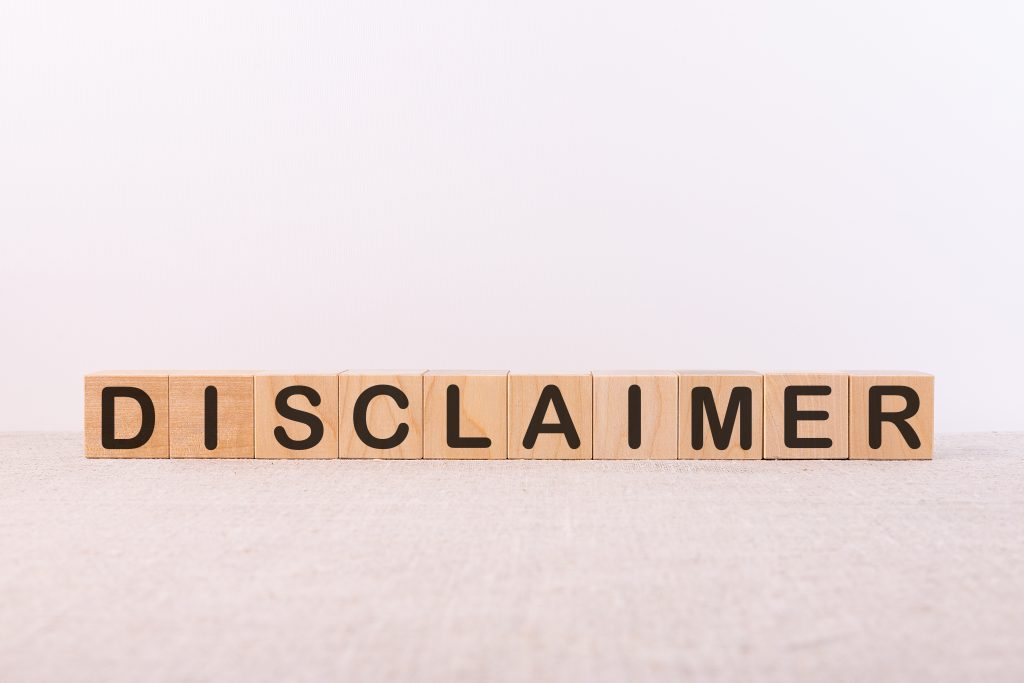
CIS Reverse Charge
CIS Reverse Charge
When you think of ‘reverse charge’ non EU services usually spring to mind. However, from 1 March 2021 there will be an introduction of the Construction Industry Scheme (CIS) reverse charge.
The reverse charge will mean customers should account for output VAT on supplies of building and construction services where the charge applies.
For the charge to apply the following conditions will have to be met:
- Both supplier and customer will have to be based in the UK and VAT registered.
- Both supplier and customer will have to be registered for CIS.
- The supply for construction services or materials are either at the standard rate or reduced rate of VAT.
The CIS charge does not apply to non-VAT registered customers and suppliers who are part of the same group.
As a rule of thumb: It is important to remember that the application of VAT under this scheme is such that the end customer applies for VAT and the supplier of the construction or materials does not.

Example application of the scheme:
Geoffrey (CIS registered) supplies Tariq (CIS registered) with demolition and construction services and invoices him £5,000 exc. VAT. Tariq pays Geoffrey £5,000 as there will be no output VAT on this amount.
Geoffrey’s VAT return
Geoffrey would include a VAT amount of nil in box 1 as he did not charge any output VAT under the CIS scheme. He would declare the net sale of £5,000 in box 6 of the VAT return and therefore would not pay anything to HMRC for this transaction.
Tariq’s VAT return
Tariq as the end customer must account for a reverse charge on his VAT return. Tariq includes £1,000 (£5,000 x 20%) in box 1 of his VAT return and also input VAT of £1,000 in box 4 of his VAT return. Consequently, Tariq would not pay nor receive anything from HMRC for this transaction.
HMRC provides the following list for services which fall within the CIS reverse charge scheme:
- constructing, altering, repairing, extending, demolishing or dismantling buildings or structures (whether permanent or not), including offshore installation services.
- constructing, altering, repairing, extending, demolishing of any works forming, or planned to form, part of the land, including (in particular) walls, roadworks, power lines, electronic communications equipment, aircraft runways, railways, inland waterways, docks and harbours, pipelines, reservoirs, water mains, wells, sewers, industrial plant and installations for purposes of land drainage, coast protection or defence.
- installing heating, lighting, air-conditioning, ventilation, power supply, drainage, sanitation, water supply or fire protection systems in any building or structure.
- internal cleaning of buildings and structures, so far as carried out in the course of their construction, alteration, repair, extension or restoration.
- painting or decorating the inside or the external surfaces of any building or structure.
- services which form an integral part of, or are part of the preparation or completion of the services described above - including site clearance, earth-moving, excavation, tunnelling and burrowing, laying of foundations, erection of scaffolding, site restoration, landscaping and the provision of roadways and other access works.
As a consequence of the introduction of the scheme, businesses may find that they have been impacted with regards to cash flow.

If you have any concerns with regards to reporting obligations, training staff or bookkeeping systems for the implementation of the scheme please contact us on 020 7306 9100 as we have a number of highly experienced staff within the team that can assist you with your concerns.

The information in this article is believed to be factually correct at the time of writing and publication, but is not intended to constitute advice. No liability is accepted for any loss howsoever arising as a result of the contents of this article. Specific advice should be sought before entering into, or refraining from entering into any transaction.

Written by
Ihsan Sajjad
View Profile
